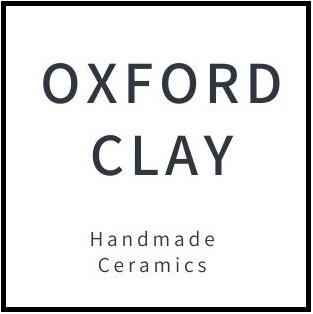What is ‘Raw Glazing’?
And how can it reduce CO2 emissions?
In this blog post, we explore what ‘raw glazing’ is and how it can be used to reduce the energy required to make pottery.
‘Raw glazing’ is the practice of only firing a pot once, rather than the usual two separate bisque and glaze firings. The pot is fired straight up to glaze temperatures, sometimes this is done more slowly to allow impurities in the clay to burn out. In the raw glazing technique, the glaze is applied at the ‘greenware’ stage either when the pot is leather-hard or completely dry.
Ingredients ready to make a glaze. Ball clay is one of the glaze ingredients which can allow effective raw glazing.
Is raw glazing a more environmentally-friendly approach to pottery?
Because a bisque firing is no longer necessary, raw glazing has the potential to save energy and CO2 emissions created from producing this energy. For example, a typical bisque kiln firing for an energy-efficient electric kiln takes about 19KW.h of electricity, which could be saved from the production process.
What clay and glaze can be used with raw glazing?
Not all clays are suitable for raw glazing, some will disintegrate under the strain of being re-wetted by glaze at the leather-hard or dry stage. If this happens, strength can be added to clay by increasing the percentage of ball clay in the mixture (1) or by adding cellulose fibres.
Glazes used in raw glazing usually have clay as an ingredient as it helps the glaze to stick to the body of the unfired pot body a bit like a slip. This should prevent glaze defects like ‘crawling’ where the glaze separates from the pot body during firing (1).
Want to know how to make your own pottery glaze but not sure where to start? I’ve written a free guide showing you how to make a pottery glaze step-by-step.
Further Reading
Oxford Clay have written a book on eco-conscious glazing: Eco-conscious Pottery Glazing: Make your own pottery glazes with minimal harm to humans, animals and the environment. The book contains 17 eco-conscious glaze recipes, 10 of which are suitable with the raw glazing technique.
References
Hill, S. 1986, An approach to single firing. Ceramics Monthly, January 1986, pp.46-51.


